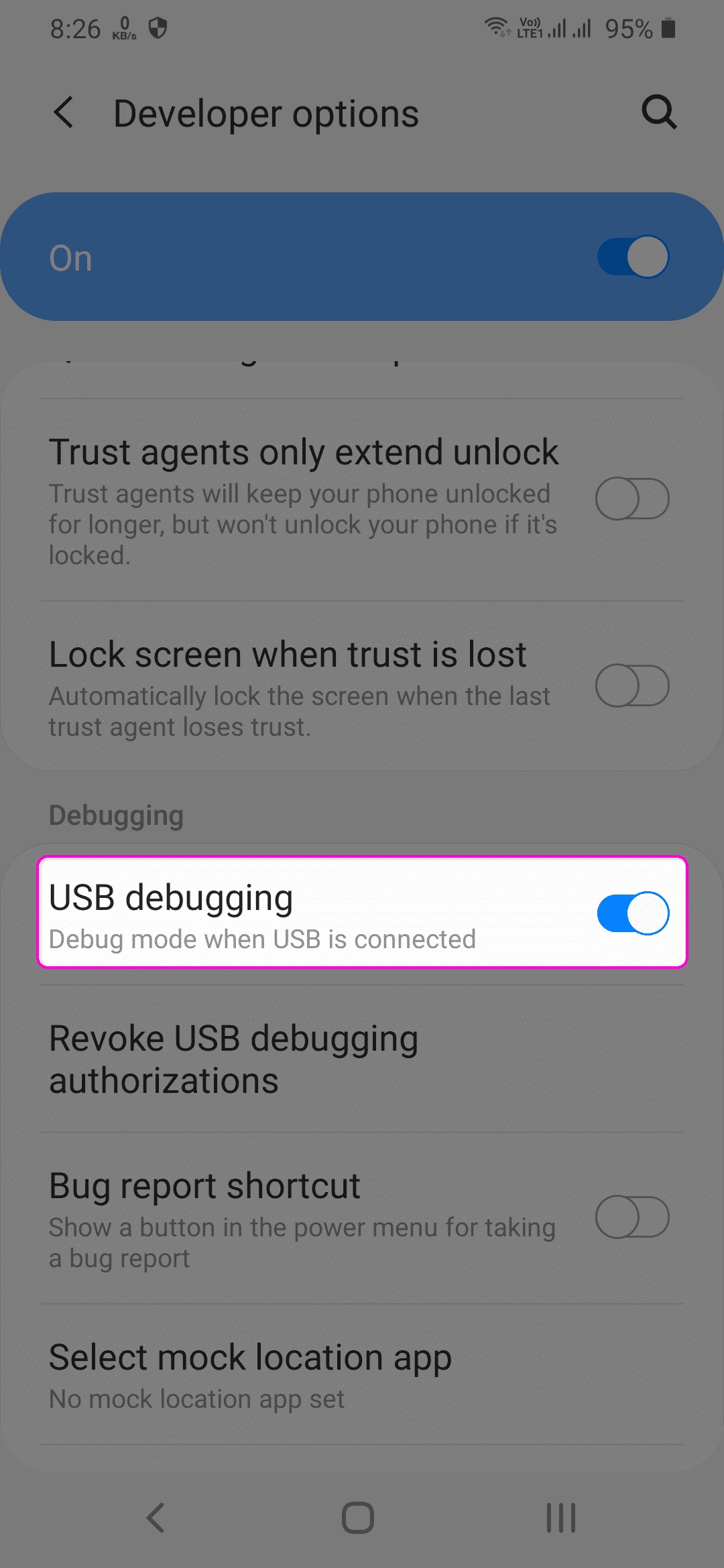

The tools are comprised of the same parts you get when you install the Android Studio: ADB, fastboot, and systrace. So, we would recommend recording tests on USB-connected devices, and use Wi-Fi connections for test runs.Since Android Studio is quite huge when installed, the standalone SDK platform tools could be a better option if you want to save some precious space on your computer's storage, especially if you don't want to get into app development. You might experience some slowdown when interacting with the tested application, especially, if your local network is busy. In case your physical device is connected via Wi-Fi, the data goes through your local network. Some devices may require a restart to switch from the Wi-Fi mode back to the USB one.ĭuring test recording, TestComplete is actively exchanging data with the tested Android application. For example, after you reboot your computer, or after you stop the ADB service running on it, after your device loses the Wi-Fi connection to your network, and so on. When do I need to repeat these steps? Repeat them every time the connection between the device and the Debug Bridge running on your computer is lost. (Despite the fact you enabled the Stay awake option on your device that disables screen blackout, many Android systems ignore this option if there is no USB connection). This will prevent accumulator discharge and screen blackout during testing. If you keep the cable plugged in, ADB will recognize two devices instead of one, which may cause errors during testing.Īlso, it is important that you plug the device in to a power outlet. Important: After ADB connects to your device via Wi-Fi, disconnect the USB cable. Make sure to replace with the path to Android SDK on your computer:Ĭ:\android-sdk\platform-tools\adb connect 192.168.0.34:5555 Run the following command in the command prompt. On your computer, press Win+R to open the Run dialog, and then type cmd and press Enter to open the Windows command prompt.

Important: Connect your device to your computer via USB cable. For more information, please see documentation on your device and Android version.

Typically, you open Wi-Fi settings on the device and tap the Wi-Fi connection that you set up – Android will display the connection details including the IP address your device got. The actual search steps to perform depend on your device and the Android version it has. Write down or remember the device IP address. Turn on your device, enable Wi-Fi on it and connect the device to your local network via Wi-Fi.Įxplore Wi-Fi settings on the device to find out the device IP address. You need to configure it to accept commands via TCP/IP: By default, the debug service on a device is configured to work via USB.


 0 kommentar(er)
0 kommentar(er)
